Sujihiki
Sujihiki Knife (筋引き出刃 – pronounced: Sujihiki Bōchō) literally translated from Japanese means ‘flesh slicer’. The name insinuates that it is perfect for slicing or carving meat which it was designed for initially. This is a composite between a Yanagiba and a Western-style carving knife.
The Sujihiki’s long, double bevelled blade allows for pull cutting in one clean motion using the blade from heel to tip. The length of the blade is perfect to cut up, carve or even butcher small to medium size animals or cuts of meat. The Sujihiki is also perfect for trimming sinew and fat from meat and filleting and skinning fish.
The Sujihiki has a relatively long and narrow blade with an acute edge angle with a narrow heel height. These components reduce the effort to cut through ingredients. For this reason, it is best to use a blade that is as long as your workspace will allow. The combination of cutting technique, acute blade angle, and sharp edge result in very little cellular damage in the cut surface.
Best for: Meat, Fish
Kitchen Samurai Ease of Use Rating: Specialist – Easy to use but applies to specific food types



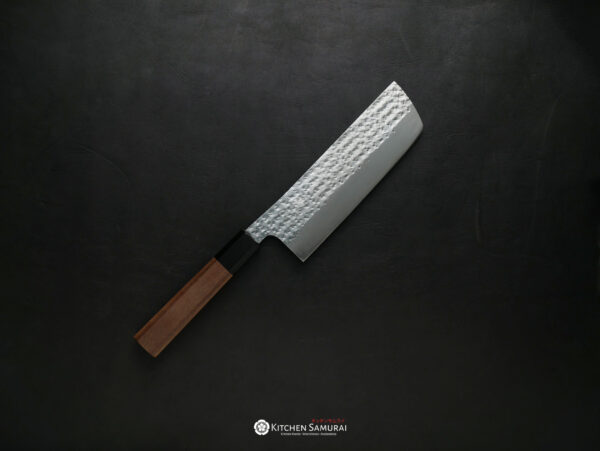

 Or as low as
Or as low as 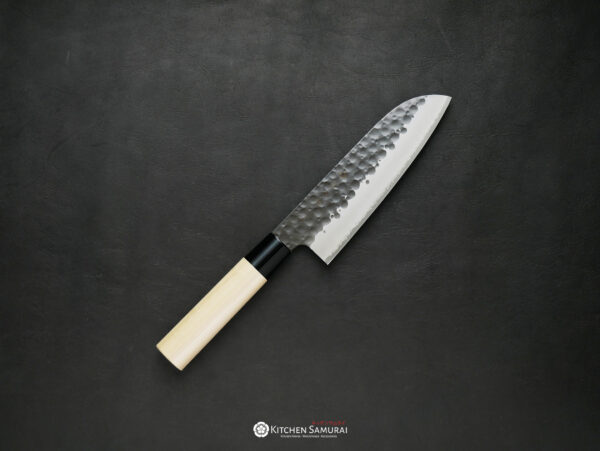
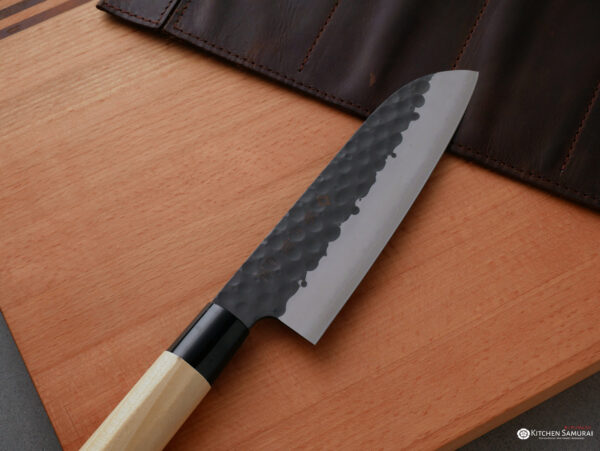


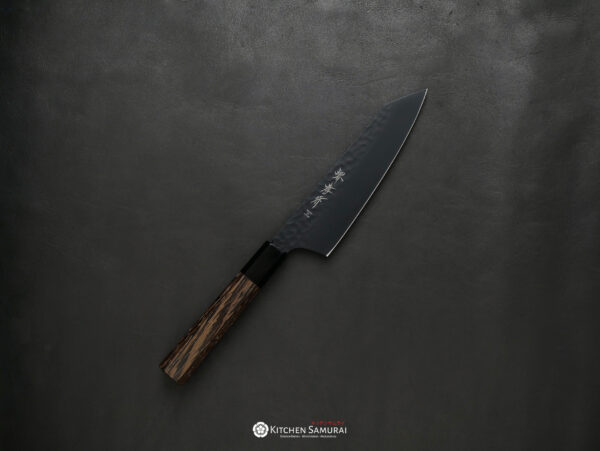

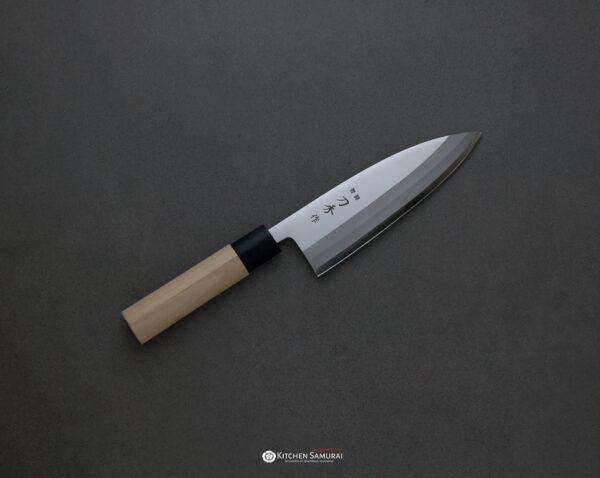
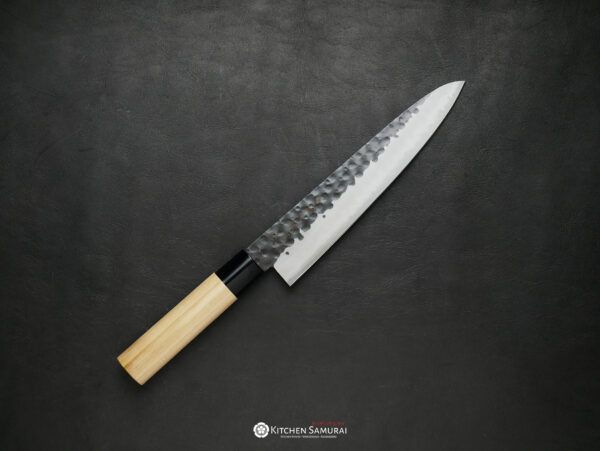
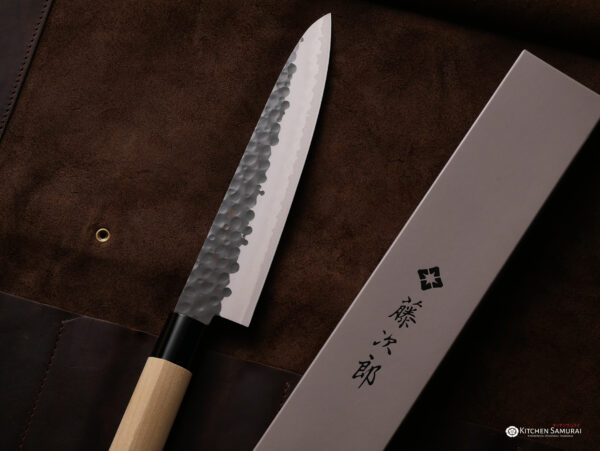

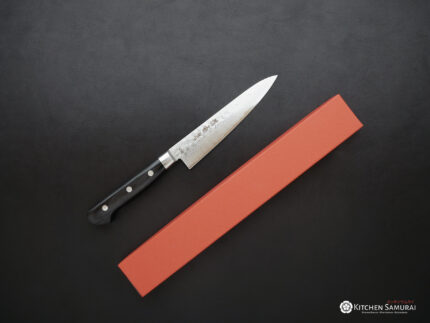



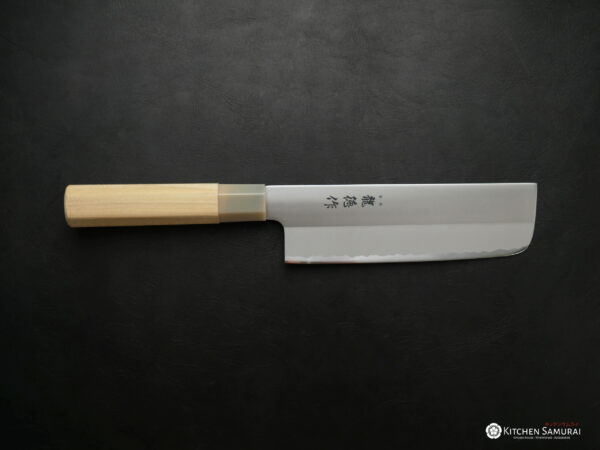
Reviews
There are no reviews yet.